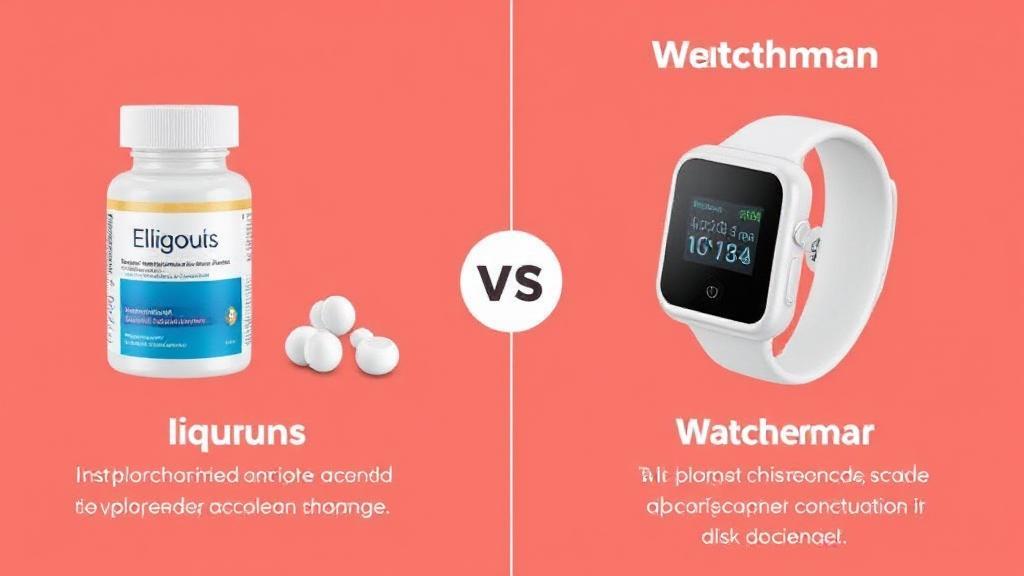Understanding Atrial Fibrillation and Stroke Risk
Atrial fibrillation (AFib) is a common heart rhythm disorder that increases stroke risk due to irregular beating of the heart's upper chambers, potentially leading to blood clot formation in the left atrial appendage. Managing stroke risk is therefore crucial for AFib patients.
Treatment Options Overview
Eliquis (Apixaban)
Eliquis is a direct oral anticoagulant (DOAC) that works by inhibiting Factor Xa in the blood clotting process. As part of the Factor Xa inhibitor class, it has demonstrated excellent efficacy in stroke prevention.
Benefits:
- Significant reduction in stroke and systemic embolism risk
- No regular blood monitoring or dietary restrictions required
- Lower bleeding risk compared to warfarin
- Easily reversible if bleeding occurs
- No surgical procedure needed
Drawbacks:
- Daily medication compliance required
- Risk of bleeding complications
- May need to stop before surgical procedures
- Ongoing medication costs
- May not suit patients with severe renal impairment
The Watchman Device
The Watchman is a small, parachute-shaped implant that closes off the left atrial appendage to prevent blood clots from entering the bloodstream.
Benefits:
- One-time procedure
- No long-term anticoagulation needed
- Reduced bleeding risk after recovery
- Permanent solution
- Suitable for those who can't tolerate blood thinners
Drawbacks:
- Surgical procedure risks
- Initial recovery period
- Possible device-related complications
- Higher upfront costs
- Risk of device thrombosis
Safety Comparison
"The choice between Eliquis and Watchman should be individualized based on patient factors, preferences, and specific risk profiles." - American Heart Association
Clinical Evidence
- Eliquis shows 69% stroke risk reduction compared to warfarin
- Watchman demonstrates non-inferiority to warfarin in stroke prevention
- Long-term data indicates similar outcomes for both approaches
Patient Suitability Factors
| Factor | Favors Eliquis | Favors Watchman |
|---|---|---|
| Age | Younger patients | Elderly patients |
| Bleeding Risk | Low risk | High risk |
| Activity Level | Sedentary | Active |
| Cost Preference | Long-term payments | One-time cost |
| Medical Compliance | Good | Poor |
Making the Decision
Important considerations include:
- Age and overall health
- Bleeding risk factors
- Lifestyle and activity level
- Cost considerations
- Personal preferences
- Medical history
Resources for Further Information
- Official Eliquis website
- Watchman device information
- American Heart Association's AFib guidelines
- European Society of Cardiology's recommendations
- FDA's medical device database
Conclusion
Both Eliquis and the Watchman device offer effective stroke prevention for AFib patients, with different safety profiles suited to different patient needs. The optimal choice depends on individual factors and should be made through careful consultation with healthcare providers, considering personal risk factors, lifestyle, and preferences.
